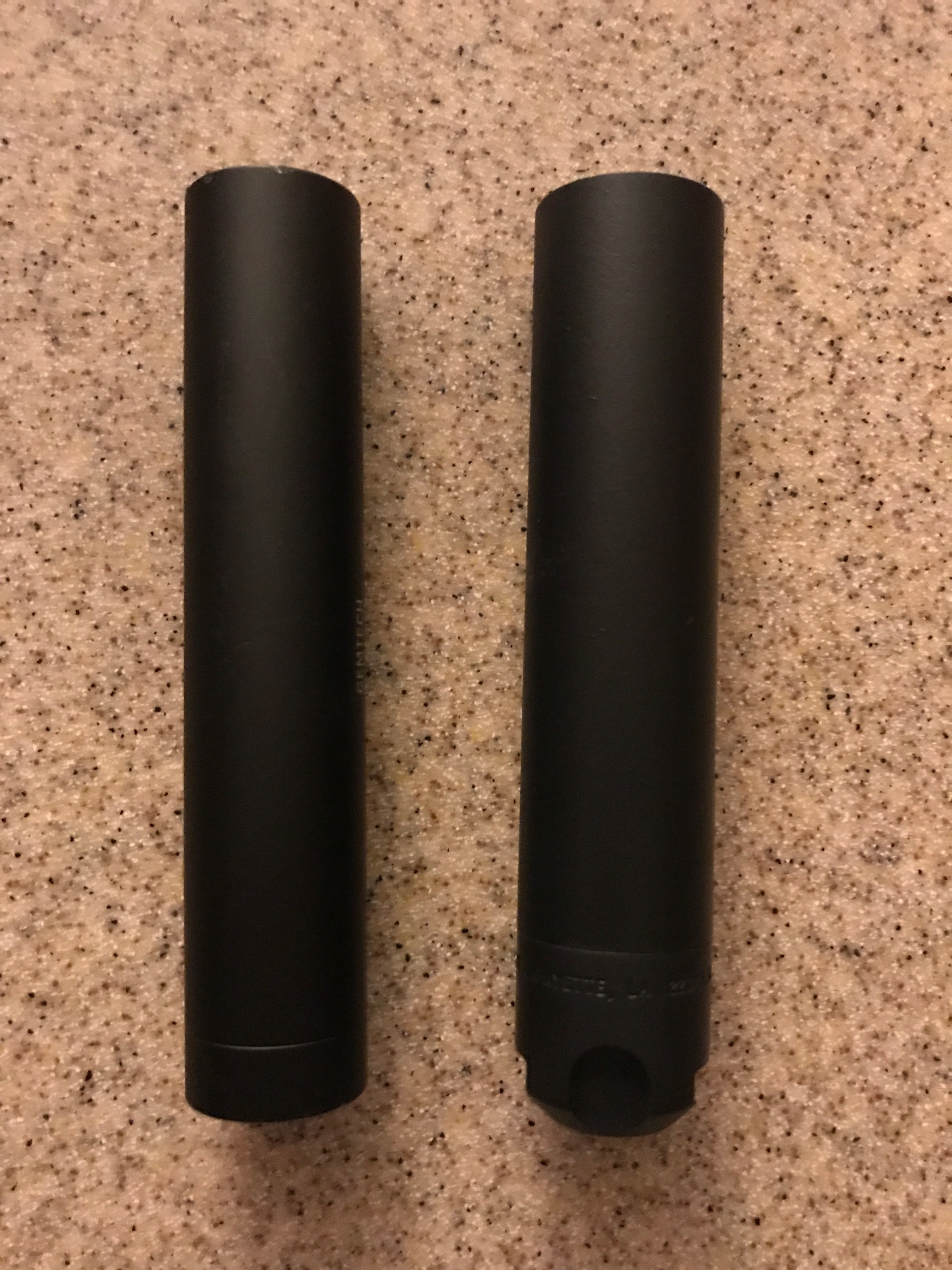Picked up a new suppressor a while back. Finally got to get it out of jail. Really glad I got this one. Ive got several 22 suppressors and several 30 caliber cans. But the size of this thing makes it great for in and out of the car or side by side, with out all the extra length of my bigger cans. To show the size comparison, the can on the left is a GM-22 and the one on the right is my new Lynx 5.56.
I've only shot about 400 rounds of 22 or through it and about 100 rounds of 223. But I'm hoping to get my 17 HMR threaded and possibly pick up a threaded barrel for my FN 5.7.
http://acadianarmament.com/silencers/parallel-path-baffle/lynx-ti/

Sent from my iPhone using Tapatalk
I've only shot about 400 rounds of 22 or through it and about 100 rounds of 223. But I'm hoping to get my 17 HMR threaded and possibly pick up a threaded barrel for my FN 5.7.
http://acadianarmament.com/silencers/parallel-path-baffle/lynx-ti/

Sent from my iPhone using Tapatalk
Last edited:



